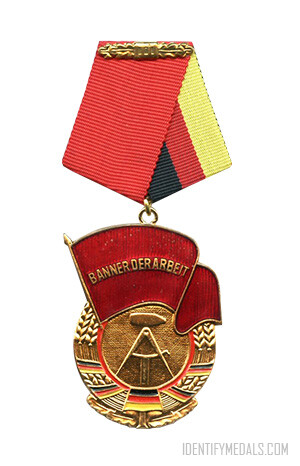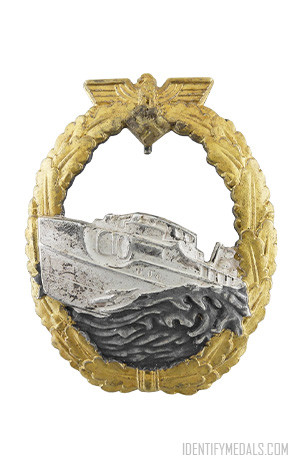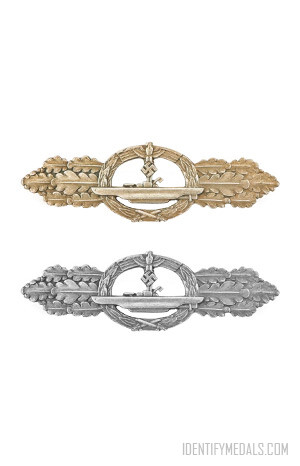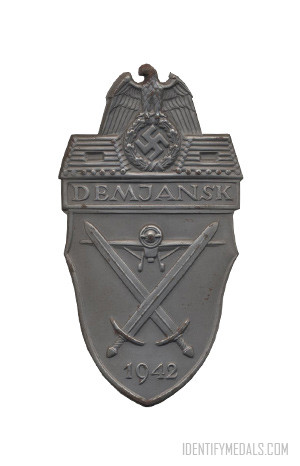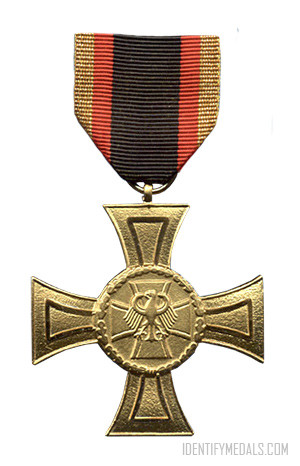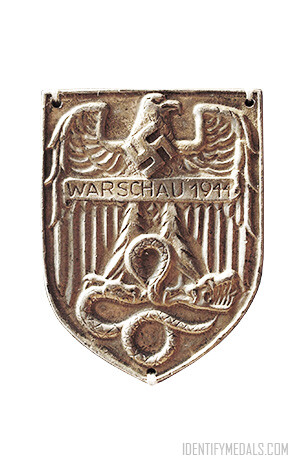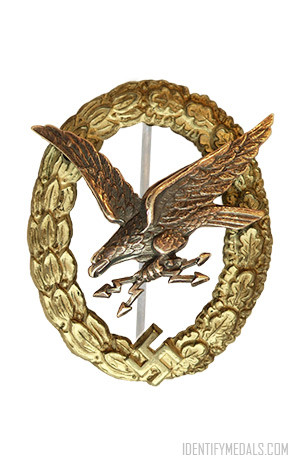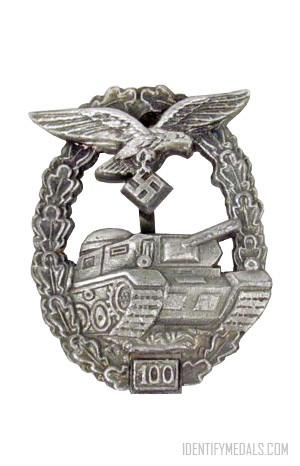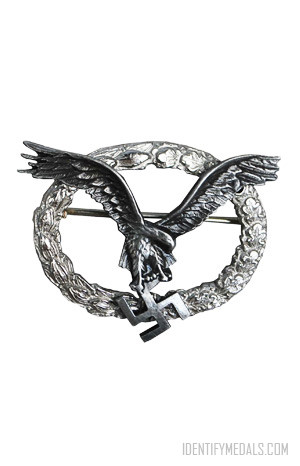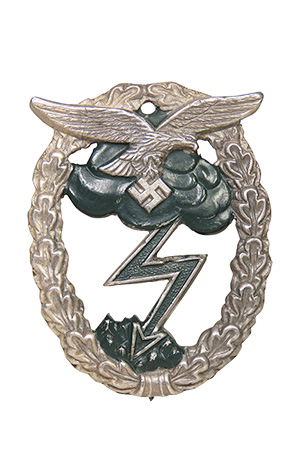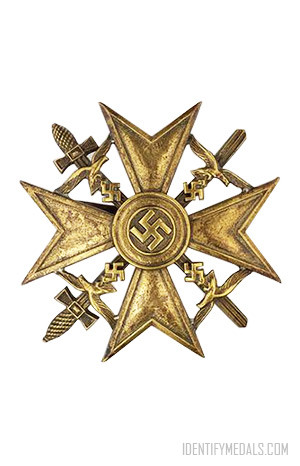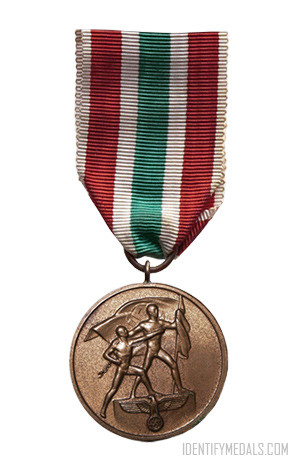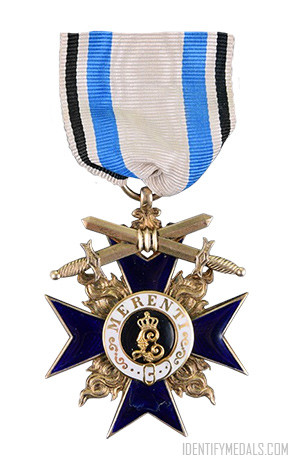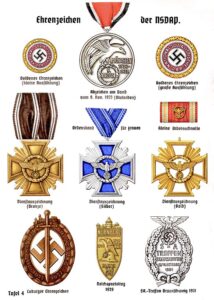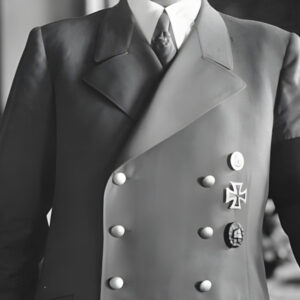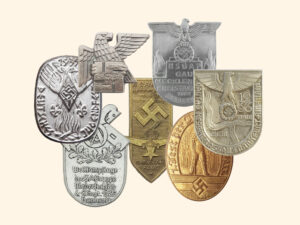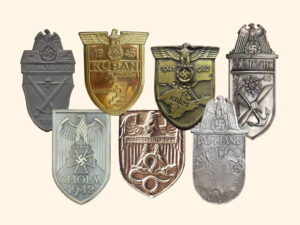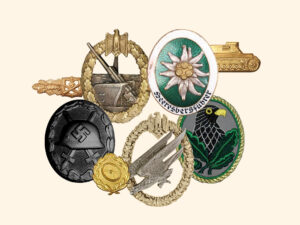- Time Period: Post-WW2
- Institution: 4 August 1954
- Country: Germany (GDR DDR German Democratic Republic)
The Banner of Labor (or Banner der Arbeit in German) was an esteemed order in the German Democratic Republic, established on August 4, 1954. It was designed to honor individuals, collectives, enterprises, and organizations for “excellent and long-standing service in strengthening and consolidating the GDR, especially for achieving outstanding results for the national economy.”
The creation and evolution of the Banner of Labor reflected the GDR’s focus on recognizing and incentivizing productivity and loyalty to socialist ideals. By rewarding outstanding service and economic contributions, the GDR aimed to promote a culture of excellence and collective achievement, which was central to its ideological framework. The award ceremonies, held on a significant day for workers worldwide, reinforced the state’s commitment to labor and its role in building a socialist society.
The Banner of Labor Classes
Initially introduced in a single class, it was later divided into three classes on August 8, 1974, each with associated cash awards.
- 1st Class: The highest distinction, accompanied by a cash award of 1,000 East German marks. This class was limited to 250 awards per year.
- 2nd Class: Included a cash award of 750 East German marks, with an annual limit of 500 awards.
- 3rd Class: Came with a cash award of 500 East German marks, limited to 1,000 awards per year.
For collectives with up to 20 members, the cash awards were scaled to 2,000, 3,500, and 5,000 marks per member, respectively, depending on the class.
The Banner of Labor Criteria
The Banner of Labor was awarded to individuals and collectives across all three classes. Enterprises, collective organizations (Kombinate), institutions, and cooperatives were eligible for the 1st Class award. A prerequisite for receiving this order was that individuals or members of collectives had already received other state awards, ensuring that the recipients had a history of recognized contributions.
The order could be awarded multiple times in any class and could also be granted to citizens of other countries, reflecting its broad scope of recognition.
Awards were presented annually on May 1st, coinciding with International Workers’ Day, by the Chairman of the State Council or his representative. Recipients also received a certificate alongside the medal.
The Banner of Labor Design
The Banner of Labor medal is gilded and measures 44 x 37 mm. It was designed to be worn on the left chest.
The medal features a prominent red banner with the inscription “Banner der Arbeit,” surrounded by a wreath of oak leaves, symbolizing strength and endurance. At the center, the emblem of the GDR—a hammer and compass, surrounded by a ring of rye—highlights the award’s connection to labor and socialism.
Establishments awarded the Banner of Labor were entitled to display a symbol of the order on their flag and official documents

